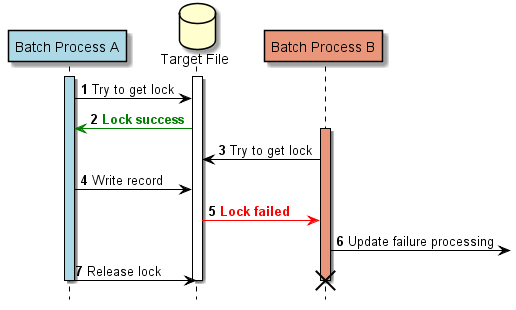Decoding Pessimistic Locking: Ensuring Data Integrity in Concurrent Applications
The previous post discussed the “Optimistic Logic” and how Hibernate implements it. This new post will discuss the “Pessimistic Logic” technique and how to implement it using Hibernate. What is the Pessimistic Locking? Locking is a critical concept in the world of databases and transaction management. As the name suggests, Pessimistic Locking takes a conservative … Read moreDecoding Pessimistic Locking: Ensuring Data Integrity in Concurrent Applications



